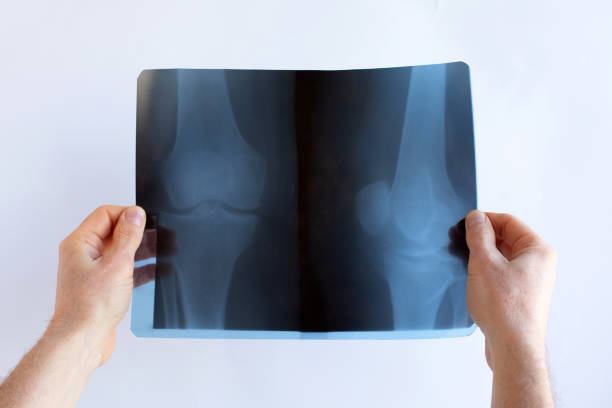
If you are experiencing pain on the lateral side of your knee, you’re not alone. This is a common problem that can be caused by many different things. In this blog post, we will discuss the most common causes of lateral knee pain and how to treat it.
Lateral knee pain can be caused by many different things:
- Iliotibial band
One of the most common causes of lateral knee pain is iliotibial band syndrome. This condition is caused by inflammation of the iliotibial band, which is a thick band of tissue that runs from the hip to the knee. Symptoms of iliotibial band syndrome include pain on the outside of the knee, stiffness, and swelling. Treatment for this condition typically includes rest, ice, and physical therapy.
- Patellofemoral stress syndrome
Patellofemoral stress syndrome is another common cause of lateral knee pain. It occurs when the patella, or kneecap, rubs against the femur, or thighbone. This can happen due to misalignment of the knee joint, overuse, or repetitive motions. Patellofemoral stress syndrome often affects young athletes or people who have recently increased their level of physical activity. Symptoms include pain around the kneecap, stiffness, and swelling. Treatment typically involves ice, rest, and physical therapy. In severe cases, surgery may be necessary to realign the knee joint.
- Lateral collateral ligament sprain
Lateral collateral ligament sprain is also one of the most common causes of pain to the lateral knee. This condition occurs when the ligament is stretched beyond its normal range of motion, causing tears or micro-tears in the tissue. Symptoms include sharp pain at the time of injury, swelling and tenderness in the affected area, and instability of the knee joint. While lateral collateral ligament sprains are often treated with conservative measures such as ice and elevation, more severe injuries may require surgery. If you suspect that you have this condition, it is important to get a lateral knee pain prospect or see a orthopedic specialist for an accurate diagnosis and appropriate treatment plan.
Luckily, there are a number of effective treatment options available:
For milder cases, simple measures such as RICE:
- Rest
- Ice
- Compression
- Elevation
- Over-the-counter pain medications may also be sufficient.
More severe cases may require:
- Physical therapy
- Injections of corticosteroids
- Visco supplementation agents.
However, in rare instances, surgery may be necessary to repair torn ligaments or damaged cartilage. If nonsurgical treatments have failed to alleviate the pain after several months, surgery may be recommended. During the procedure, the damaged tissue is removed and the healthy tissue is repaired. In some cases, artificial ligaments or cartilage may be used to replace the damaged tissue. After surgery, a period of physical therapy is typically required to help the patient regain strength and range of motion in the knee. Although surgery is usually only considered as a last resort, it can be an effective treatment for lateral knee pain.
If you are experiencing lateral knee pain, it is important to see a knee pain Adelaide or orthopedic specialist to determine the cause. Once the cause is determined, treatment can be started to relieve your pain and help you get back to your normal activities.
